During my travels to cities around the world, I have observed that each city has its own community of wildlife that has learned how to survive and thrive alongside human beings. In most cases it is birds and rodents that take the opportunities presented by human excess but in a few cases it is the reptiles that have moved in.
An urban wildlife success story from Asia, and one of my personal favourite city dwellers is the Oriental Garden or Changeable lizard.
Since a child, I have always had a special interest in reptiles and amphibians. This interest draws me towards any scurry in the leaves and undergrowth or splash in a pond, so on my second day in Singapore, when something caught my eye among the tree roots, I moved in for a closer look. I was delighted to make the acquaintance of this confident urban lizard.
Changeable lizards can be seen all over the island of Singapore, from tree trunks in the fashionable Orchard Road shopping district, through the suburbs to the island’s nature reserves. The males position themselves on tree trunks about a meter from the ground, where they display to nearby females or to potential males moving in to their territory. Propping himself up on his front legs, the display involves inflating the neck and throat and bobbing his brightly coloured head up and down. On many occasions, the more confident males will perform this warning dance to passing humans who linger for too long. It really is delightful to watch.
Related to iguanas and members of the family Agamidae, the Changeable lizard is a robust little dinosaur of a lizard with a long, stiff tail and crest of spines running down the body. The total length is up to 38 cm (15 inches), most of which is tail.
Although the Changeable lizard was introduced to Singapore from Malaysia in the 1980s, It is widespread across the rest of South East Asia, India, Sri Lanka and parts of the Middle East. A small breeding population has established itself in Florida in the United States. Although these urban lizards are a welcome sight, its introduction to Singapore has had disastrous consequences for the local and more rural Green-crested Lizard who appears unable to compete with its more aggressive cousin.
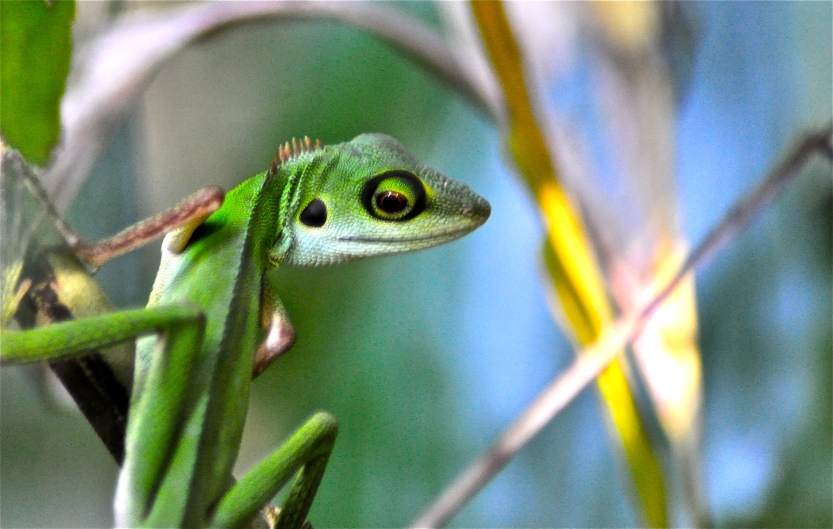
This well travelled lizard of many names and an ability to change colour to match its mood is often referred to as the Bloodsucker. This local but inaccurate name refers to the fact that during the courtship season the male will flush his head and neck with blood red coloration. Local myths suggest this red coloration is a result of a night of sucking blood from unsuspecting victims.
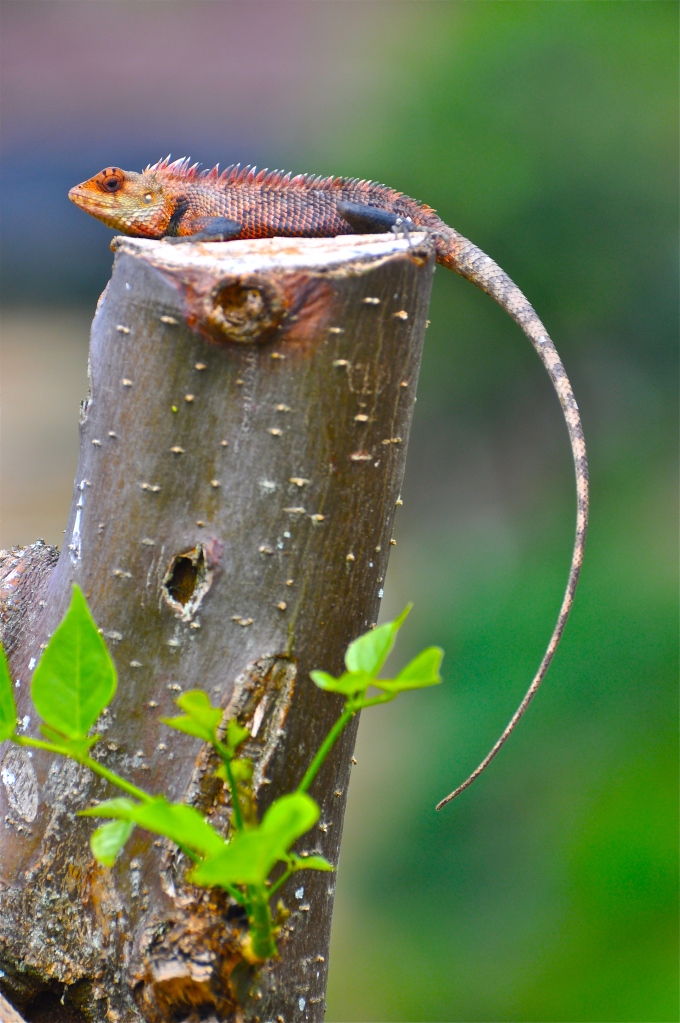
The Sri Lankan species is marginally larger than others in the family. I photographed this red flushed male in the beautiful, lush green highlands of Ella. As I leaned in to take his picture he was nodding his head to stake a claim to his territory on top of a tree stump in a tea plantation.

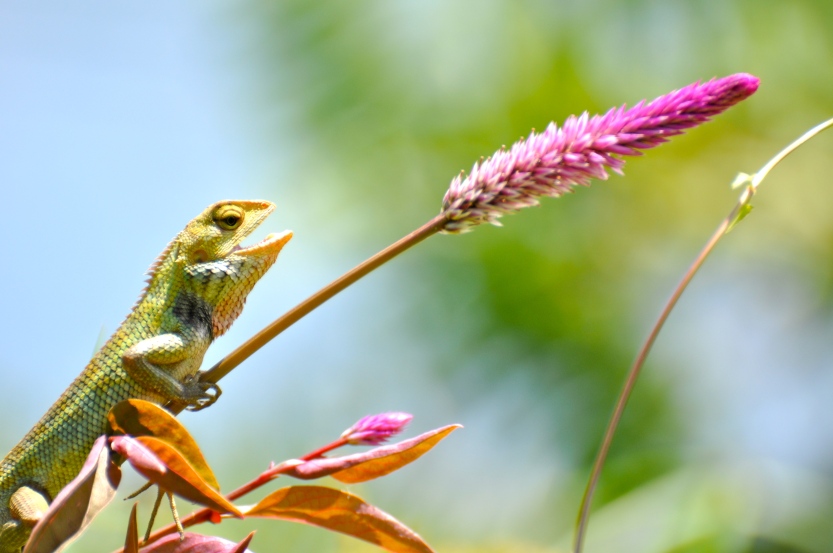
Invasive species it may be, but I always enjoyed seeing these little lizards, so full of personality, as I strolled through the intense heat and humidity of Singapore.
If you enjoyed this post, please follow Incidental Naturalist.
Comments and shares are welcomed.
Categories: Asia
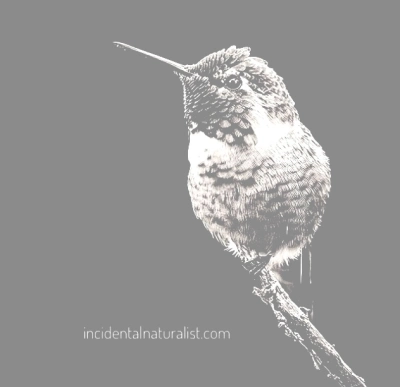





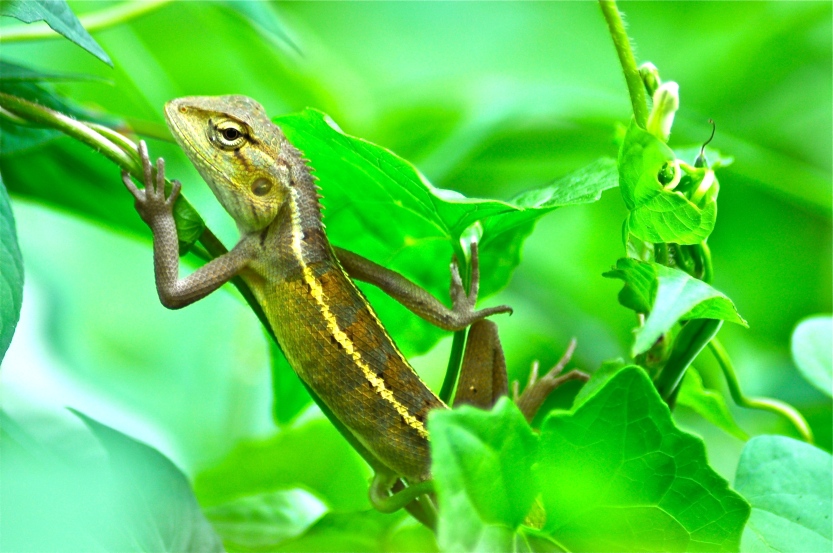
Have you been to Mexico City? I loved its surprising urban fauna — several species of lizards, year-round hummingbirds, plus winter migrant hummers. Robins always showed up in wintertime, too, and when the city empties out during Xmas week, their song fills the air. What also amazed me about MexCity was the lack of annoying bugs. We kept our windows open year-round, and never a mosquito or roach. The only thing that flew in was the hummingbirds, accidentally.
LikeLiked by 1 person
Hey Joy, I have not made it to Mexico City yet, but there is a small chance that my Job could take me there for a few days early next year. I’d be happy to take any recommendations for nature hot spots that are easily accessible in and around the city. I’ certainly a hummingbird fan!
LikeLike
Hi David , I’m Saúl I write about space and planets in my blog (Nightskysonora), but I just loved your blog, specially this post 🙂 amazing pictures. I’m going to follow your site.
By the way , Have you ever tried to do some Macro photography? I mean with insects (I just love them so much).
Hope to hear from you soon.
Best regards.
LikeLiked by 1 person
Hi Saúl, Thanks for the encouraging feedback! I have not tried macro photography yet but it is certainly a plan for the future. I will have to get a lens after I upgrade my zoom. Then you will see some insect blog posts! 🙂
LikeLiked by 1 person
Your posts are always a golly good read! (Forgive the ‘golly’, I happen to be watching Downton Abbey.) I especially love the last picture! The little thing looks so happy.
LikeLiked by 2 people
Thank Vicky! He looks like he is laughing at the photographer sneaking towards him 🙂 Downton Abbey will have a whole generation talking the Queen’s English 🙂
LikeLike
What a beautiful little lizard! You seem to have had a lot of remarkable encounters during your time in Singapore.
LikeLiked by 1 person
For a city state it is a wonderful place to see wildlife.
LikeLiked by 2 people
Lots of really fascinating info on the lizard and what a range of good photos. My recent encounter was with a chameleon and though in the Algarve these fellas have settled and are not thought of as invasive but to be protected.
LikeLike
How interesting – do I read you right? it is the same lizard?????????????
The pictures are awesome though!
LikeLiked by 1 person
Same lizard, actually 4 names and many colours! Thanks for the kind comment.
LikeLike
What an interesting and beautiful reptile! I’m also a big fan of reptiles and loved this post. Aspects of the changeable lizard remind me of our eastern water dragons which seem to be thriving in many areas of suburbia. I delight in watching their head bobbing and other behaviour. Thanks for introducing me to this wonderful reptile! The photographs are stunning as always. 🙂
LikeLiked by 1 person
Thanks Jane! I love the Eastern water dragon! I have a rather ordinary set of photos of them so I may write a post on them one day. I was so excited when I first saw them! 🙂
LikeLiked by 1 person
beautiful!!!
LikeLiked by 1 person
I absolutely love this post! I am always following iguanas and lizards with my camera, they are one of my favorite subjects. They are all so beautiful, unique and inherently grumpy looking. Thank you for showing these wonderful photos.
LikeLiked by 1 person
Thank you, Laura for the fantastic comment! Haha, yes there is grumpiness in the eyes of all lizards isn’t there. I thought the one on the cover of this post was almost smiling but in retrospect he was probably laughing at me trying to sneak up on him.
LikeLike